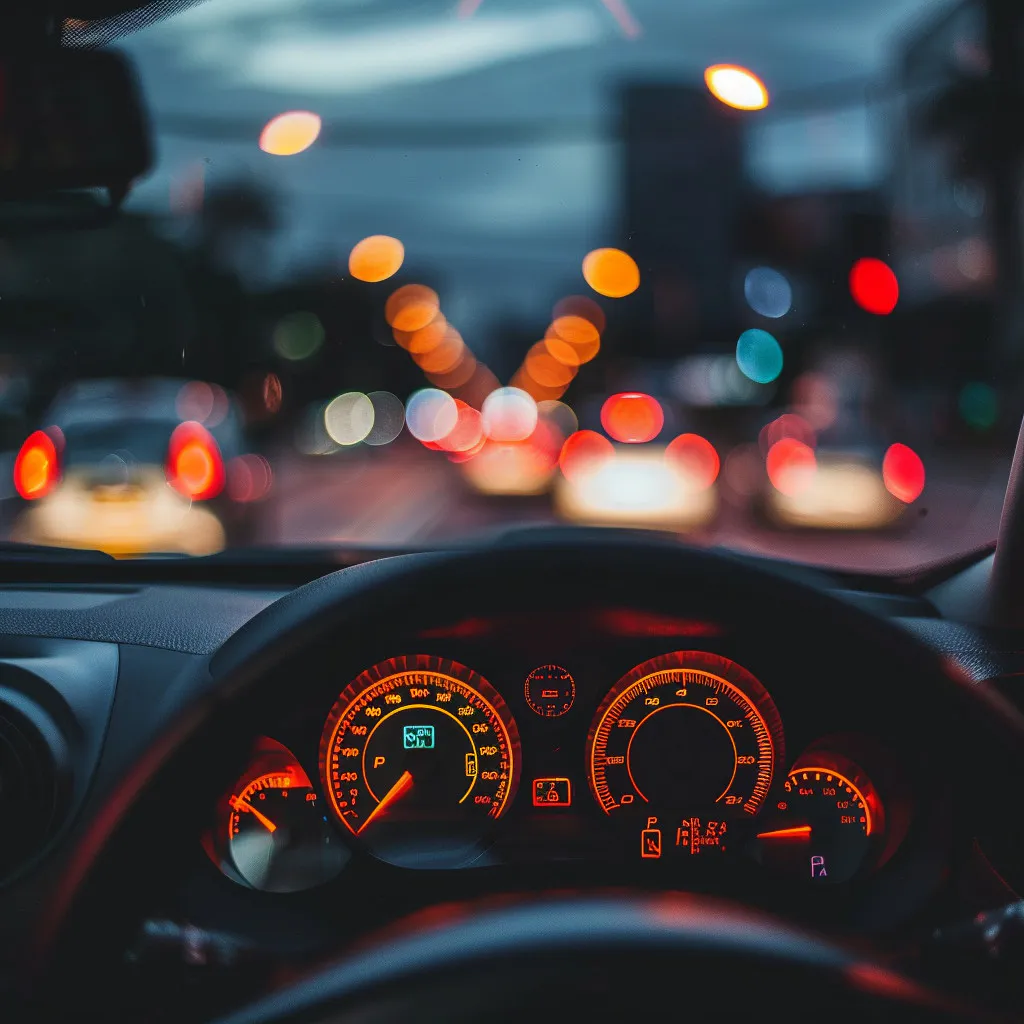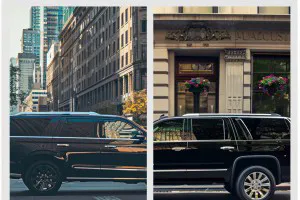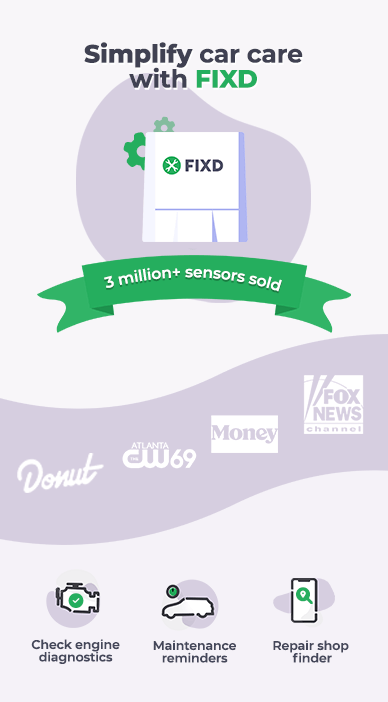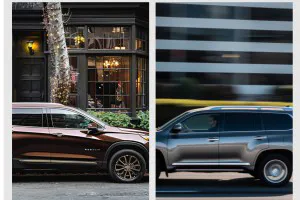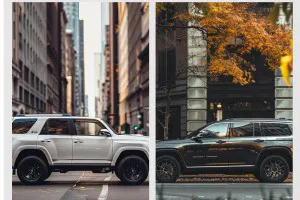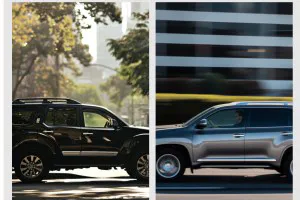Want to make sure that your vehicle is getting the best possible mileage per gallon? At FIXD, we have a team of engineers and mechanics dedicated to helping you get the most out of your car (and your wallet). Keep reading to discover 11 tried-and-true tips, plus some new innovations to help maximize your fuel efficiency and save!
1. Avoid Idling
Idling can use up a quarter to half a gallon of gas every hour. It only takes about 10 seconds worth of fuel to restart a car. If you find yourself stuck in traffic and believe that you will not be moving for more than a minute, turning your car off before proceeding will save more gas than you might think.
2. Observe the Speed Limit
According to the U.S. Department of Energy, every 5mph you drive over 50mph is comparable to paying an extra $0.15/gallon for gas. Reducing your highway speeds by 5 to 10 mph can increase your fuel economy by 7 to 14 percent!
3. Avoid Sudden Acceleration & Braking
A good habit to improve fuel economy is to take ~5 seconds to reach 15mph from a stop. Sudden acceleration and/or braking can decrease your fuel economy as much as 40%. You can save up to $.86 per gallon by eliminating this.
4. Check/Upgrade Your Tires
Regularly check your tire pressure and make sure it’s within the optimal range for maximum fuel efficiency. Most tires have these readings on the side of them.
Bridgestone, Firestone, Goodyear, and Michelin make fuel-saving tires that are designed to create less friction with the road, thereby reducing effort required by the engine and optimizing fuel efficiency. They’re worth checking out, although they may impact tread life and driving in wet conditions.
5. Shut Off the A/C (Unless You’re on the Highway)
When driving speeds under 40mph, enjoy the warm weather, open your windows, and turn off your A/C. This could increase your fuel economy up to 25%.
When driving speeds over 55mph (i.e. Highway, Interstate, etc.) roll your windows up and use the air conditioning. The drag from open windows when driving faster can decrease the overall fuel economy.
6. Use Cruise Control
When you’re driving on the interstate, use cruise control to make sure that there isn’t too much fluctuation on the gas and brakes. Maintaining a constant speed will increase your overall fuel efficiency.
7. Keep Things Light
Excess weight from bike racks, cargo racks, and more can decrease fuel economy by up to 25% on the interstate. Plus, any excess weight (>100lbs) can decrease the fuel economy by 1%. So remove any excess weight and cargo containers when not in use to save fuel and cash.
8. Take Care of Your Car
Neglecting routine maintenance, like changing your oil, can decrease your car’s fuel economy. Buy quality parts to avoid future problems and make sure you know what type of oil to buy (synthetic vs. conventional) to keep your car running as efficiently as possible.
Last but not least, use the FIXD Sensor to easily stay on top of routine service and maintenance with handy automated alerts!
9. Trade for a New Model
You don’t have to buy a Tesla to save on fuel. According to Consumer Reports, many automakers are developing innovative upgrades to the traditional internal combustion engine to improve fuel efficiency.
Examples include cylinder deactivation, which shuts off multiple engine cylinders while cruising or coasting to reduce fuel consumption. There’s also smaller turbocharged engines, which use forced air to boost horsepower more efficiently than a bulky engine that consumes a lot of fuel for power. Audi, BMW, Ford F-150, Honda, and Volkswagon use this technology.
10. Start/Stop Technology
Ever been sitting at a stop light and heard the car next to you shut off for no reason? No, their brand new BMW isn’t having engine problems. This is a feature on many newer vehicles designed to boost fuel efficiency.
If your car is equipped with this technology, the engine will automatically shut off when you come to a stop (rather than idling), then restart when your foot releases the brake to step on the gas. While it may seem unsettling at first, this is a great way to reduce fuel consumption and emissions. So it’s a win-win for your wallet and the environment!
11. Change Your Air Filter
By replacing your engine air filter, you can increase gas mileage by 10% and boost acceleration by as much as 11% – for under $20. Plus, it’s something most drivers can do themselves! Click here to learn how to replace your air filter today.

At FIXD, our mission is to make car ownership as simple, easy, and affordable as possible. Our research team utilizes the latest automotive data and insights to create tools and resources that help drivers get peace of mind and save money over the life of their car.

